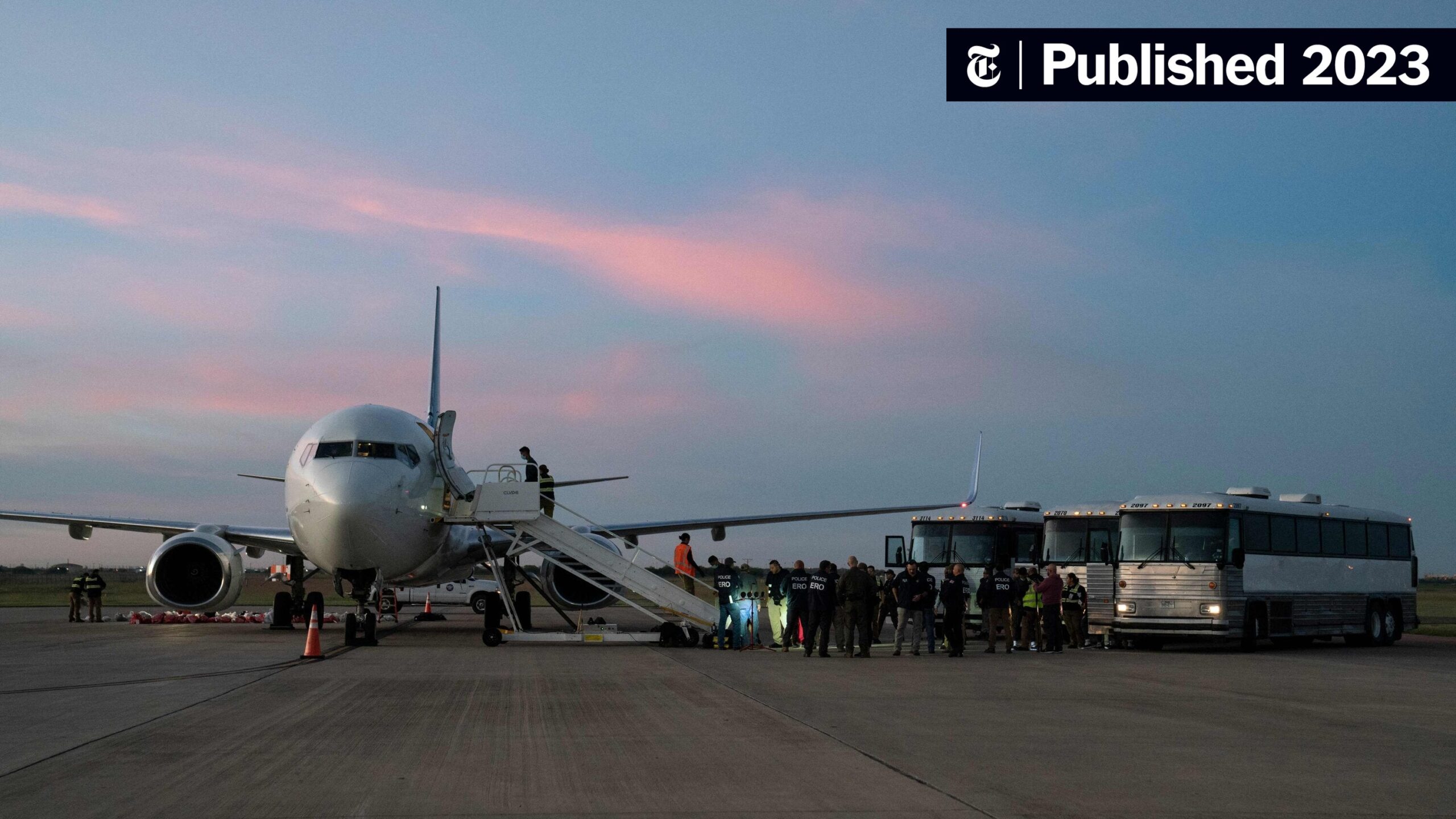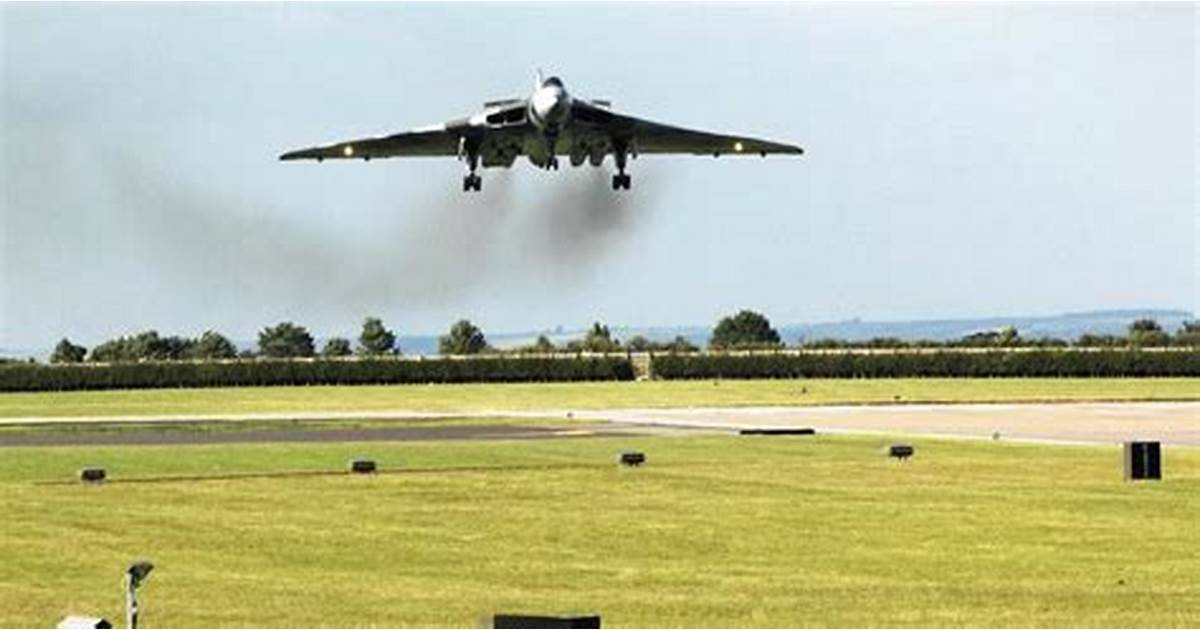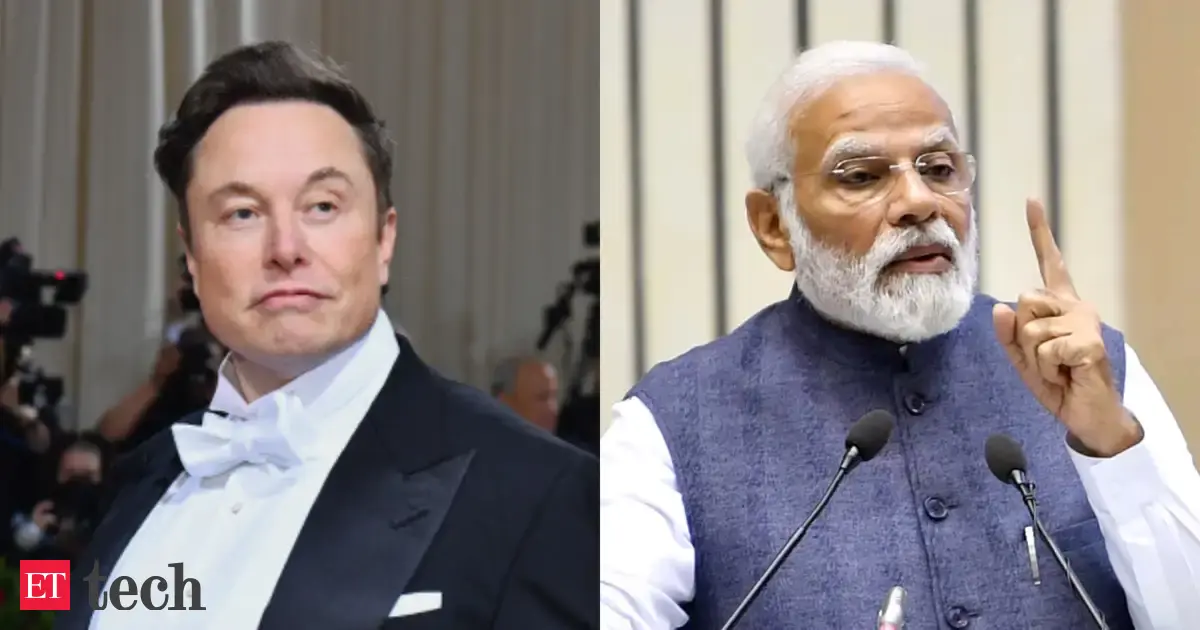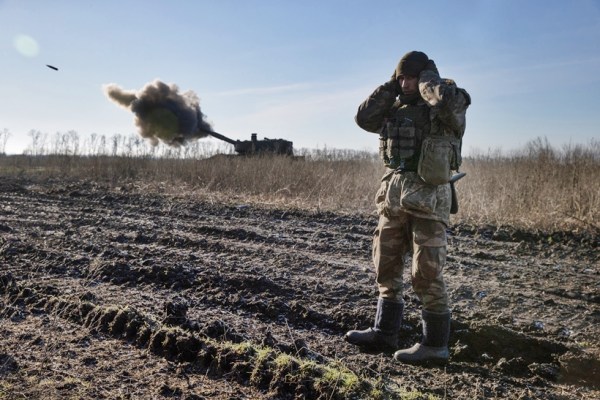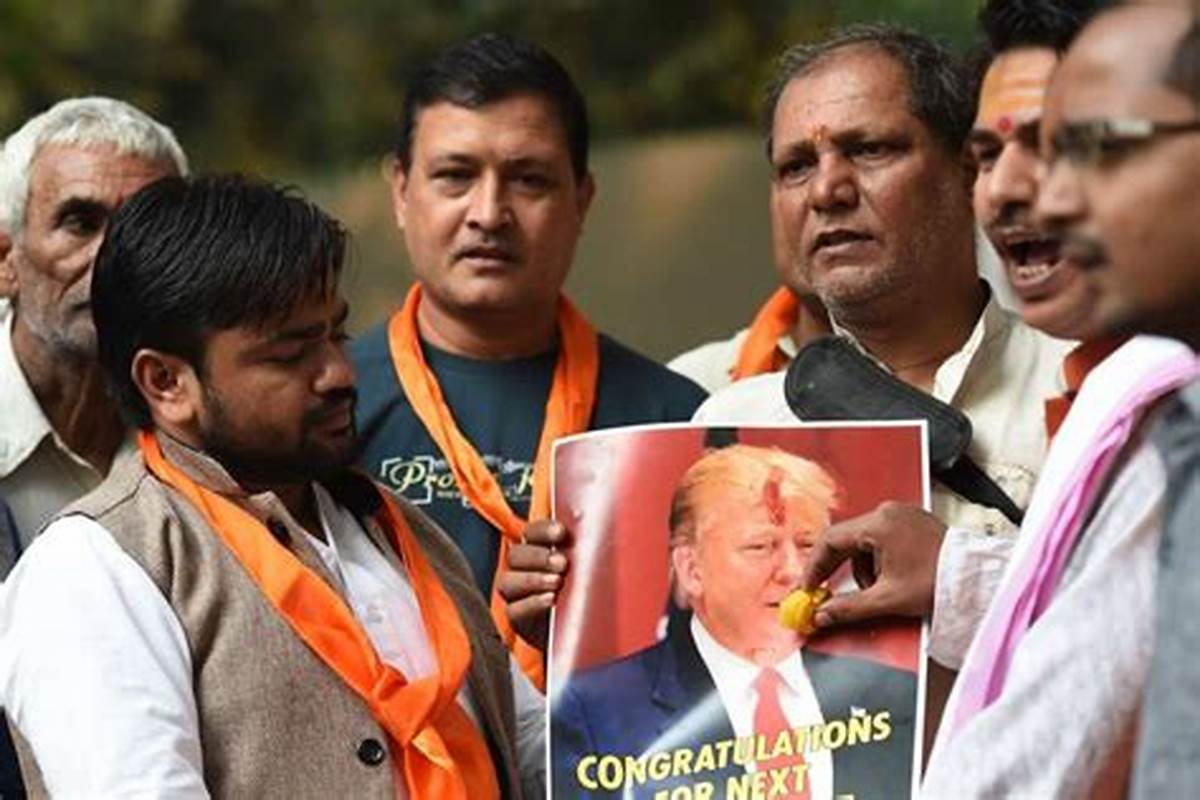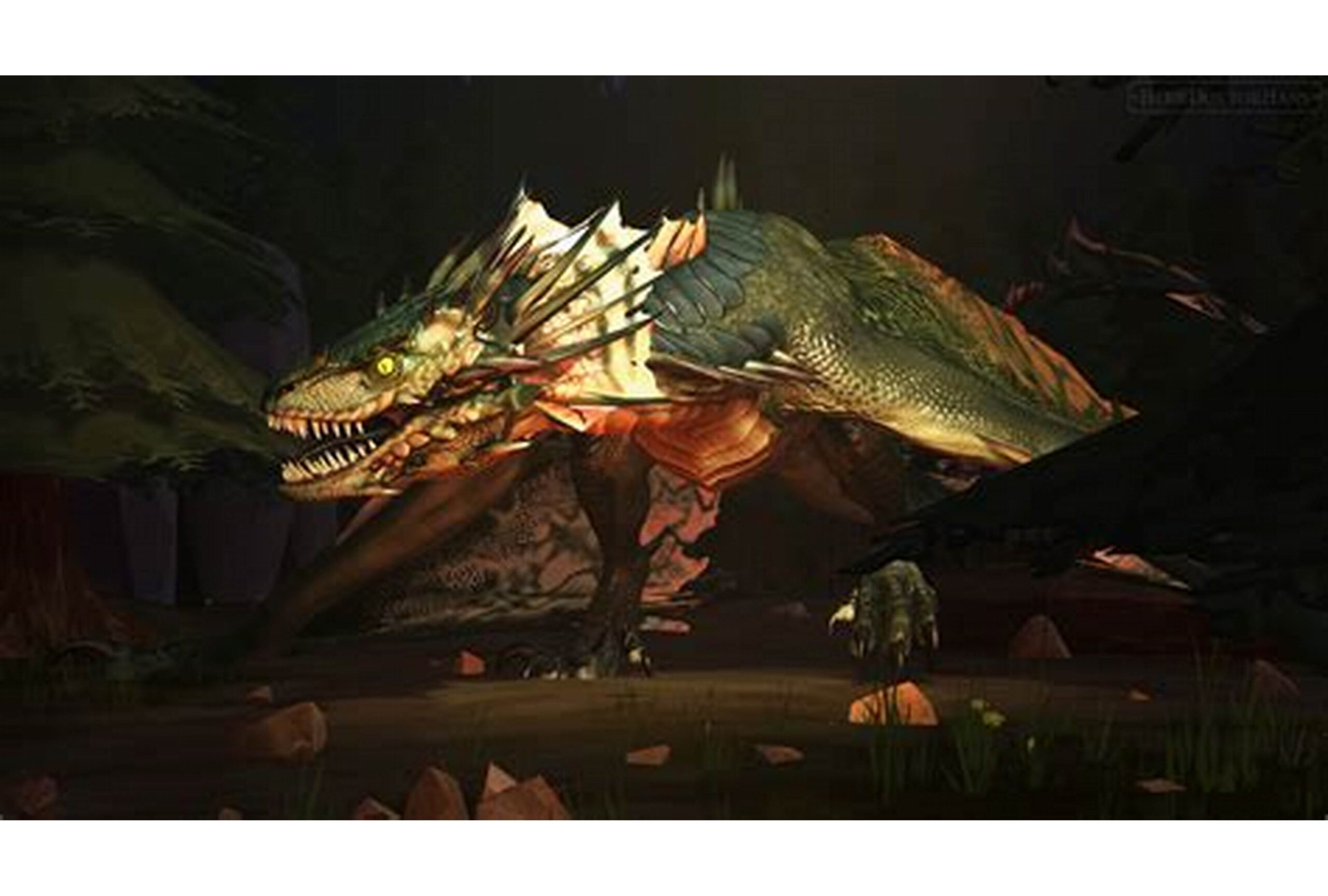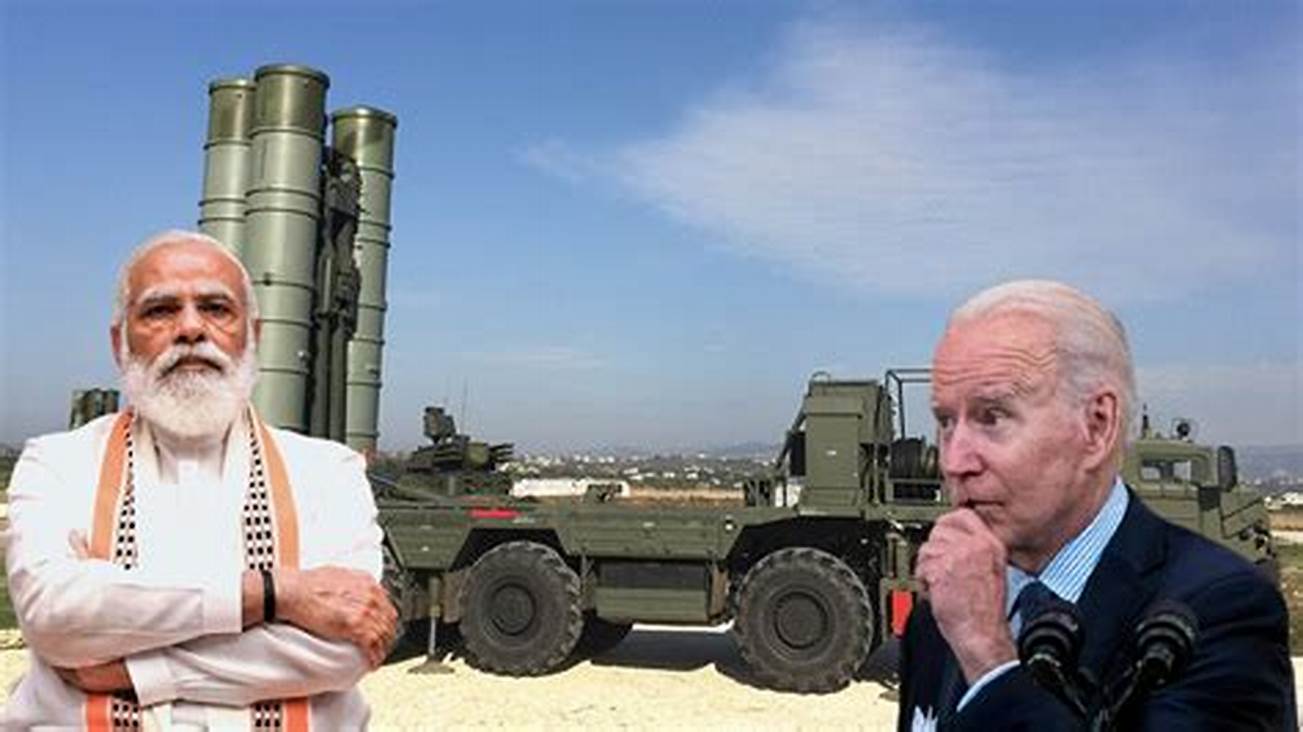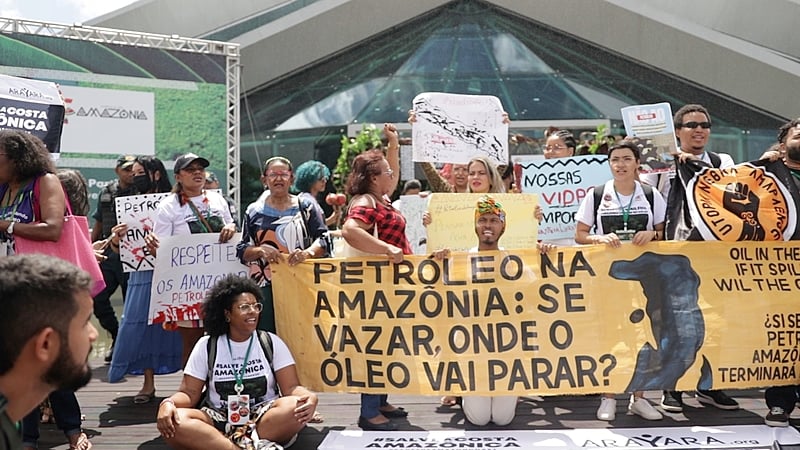Following the conclusion of the 30-hour Easter ceasefire declared by Russian President Vladimir Putin, Ukraine has reported a significant escalation in Russian military activity, including extensive drone attacks and artillery shelling. Ukrainian President Volodymyr Zelenskyy stated that Russian forces violated the truce nearly 3,000 times, with continued assaults across the front lines, particularly in the Donetsk and Luhansk regions .Latest news & breaking headlines+2The Guardian+2Latest news & breaking headlines+2Latest news & breaking headlines
Despite the declared ceasefire, Ukrainian officials reported 59 shelling incidents, five ground assaults, and multiple drone attacks by Russian forces on Easter Sunday morning . Zelenskyy accused Russia of using the truce as a facade for public relations, suggesting that either Putin lacks control over his military or is disingenuous in his intentions .AP News+1The Guardian+1Latest news & breaking headlines+1AP News+1
In response, Russia’s Defense Ministry accused Ukraine of violating the ceasefire with drone attacks that resulted in civilian casualties, a claim Kyiv has not confirmed . Russia-installed authorities in occupied Kherson also accused Ukrainian forces of launching attacks during the truce .AP News
Zelenskyy reiterated his call for a genuine 30-day truce, noting that Russia had not responded to this proposal . The situation remains tense, with both sides exchanging accusations over the violations of the ceasefire.Latest news & breaking headlines+2AP News+2The Guardian+2Business Insider
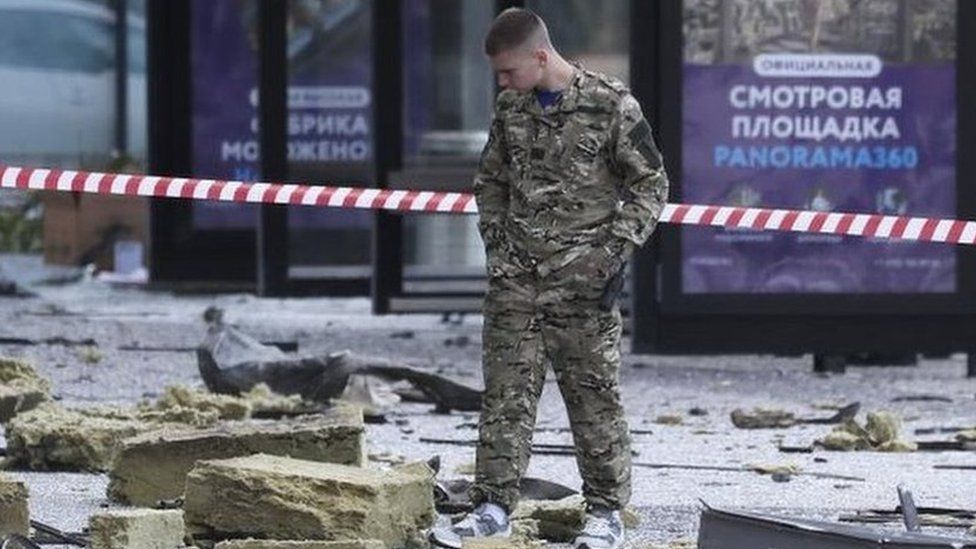
Ukraine has reported a significant increase in Russian drone attacks following the end of a temporary truce. The attacks have targeted civilian infrastructure, energy facilities, and residential areas, causing casualties and damage.
Key Details:
- Resumed Strikes: After a brief pause during a supposed truce (possibly around religious holidays or short-lived ceasefires), Russian forces escalated attacks using Shahed-type drones and other UAVs.
- Targets: Energy infrastructure (power plants, grids) and cities like Odesa, Kharkiv, and Kyiv have been hit, worsening Ukraine’s humanitarian situation.
- Ukrainian Response: Air defenses intercepted many drones, but some strikes succeeded. Ukraine has called for more Western air defense systems (e.g., Patriots, IRIS-T).
- Russian Strategy: The attacks aim to weaken morale, disrupt military logistics, and strain Ukraine’s energy supply ahead of winter.
Context:
- Truce Breakdown: Short ceasefires (e.g., for prisoner swaps or holidays) often collapse, with Russia accused of using pauses to regroup.
- Western Aid: Delays in U.S./EU assistance have raised concerns about Ukraine’s ability to sustain defenses against such attacks.
Recent Developments:
- Ukraine continues to strike Russian oil refineries and military targets in retaliation.
- NATO allies are expediting air defense deliveries amid renewed Russian offensives.
The situation underscores the ongoing intensity of the war, with drone warfare playing a central role in Russia’s campaign. Further escalation is expected unless diplomatic efforts or military aid shifts the balance.
🔗 External Links (links to other websites):
These point to authoritative sources outside your own site.
-
AP News – Zelenskyy says Russia is trying to create an ‘impression of a ceasefire’
-
The Times – Russia’s Easter truce is a lie and attacks go on, says Zelensky
-
The Guardian – Ukraine conflict live updates
Ukraine Reports Surge in Russian Drone Attacks After Truce Ends
Ukraine has documented a sharp rise in Russian drone attacks targeting critical infrastructure and civilian areas following the collapse of a temporary truce. The strikes have intensified pressure on Ukraine’s energy grid and urban centers, raising concerns about prolonged warfare.
Key Details:
- Escalation After Pause – After a brief lull during a supposed ceasefire (possibly tied to religious holidays or negotiations), Russia resumed large-scale drone and missile strikes.
- Primary Targets – Energy facilities (power plants, substations) and cities like Odesa, Kharkiv, and Kyiv have been hit, worsening blackouts and civilian hardships.
- Ukrainian Defenses – Air defenses intercepted numerous Shahed drones, but some strikes succeeded, prompting urgent requests for more Western air defense systems (e.g., Patriot missiles and IRIS-T).
- Russian Strategy – The attacks aim to degrade Ukraine’s energy capacity ahead of winter and disrupt military supply lines.
Broader Context:
- Failed Ceasefires – Short-lived truces (often for prisoner swaps) frequently collapse, with Russia accused of exploiting pauses to regroup.
- Western Aid Delays – Slow U.S. and EU assistance has raised fears about Ukraine’s ability to sustain long-term defenses.
Recent Developments:
- Ukraine has retaliated with strikes on Russian oil refineries and logistics hubs.
- NATO is accelerating deliveries of advanced air defense systems to counter the drone threat.
Content Length: ~250 words (brief overview) or ~400+ words (detailed analysis, if expanded with expert quotes, casualty figures, or background on drone warfare).
Internal Linking Opportunities:
-
- bbc.com/news/world/europe
- bbc.com/news/topics/c1vw6q
- bbc.com/news/topics/c4vvr0ergrzt
SEO Description (Meta):
“Ukraine reports intensified Russian drone attacks after a ceasefire ends, targeting energy infrastructure and cities. Can air defenses hold? Read the latest on strikes, casualties, and Western aid delay
